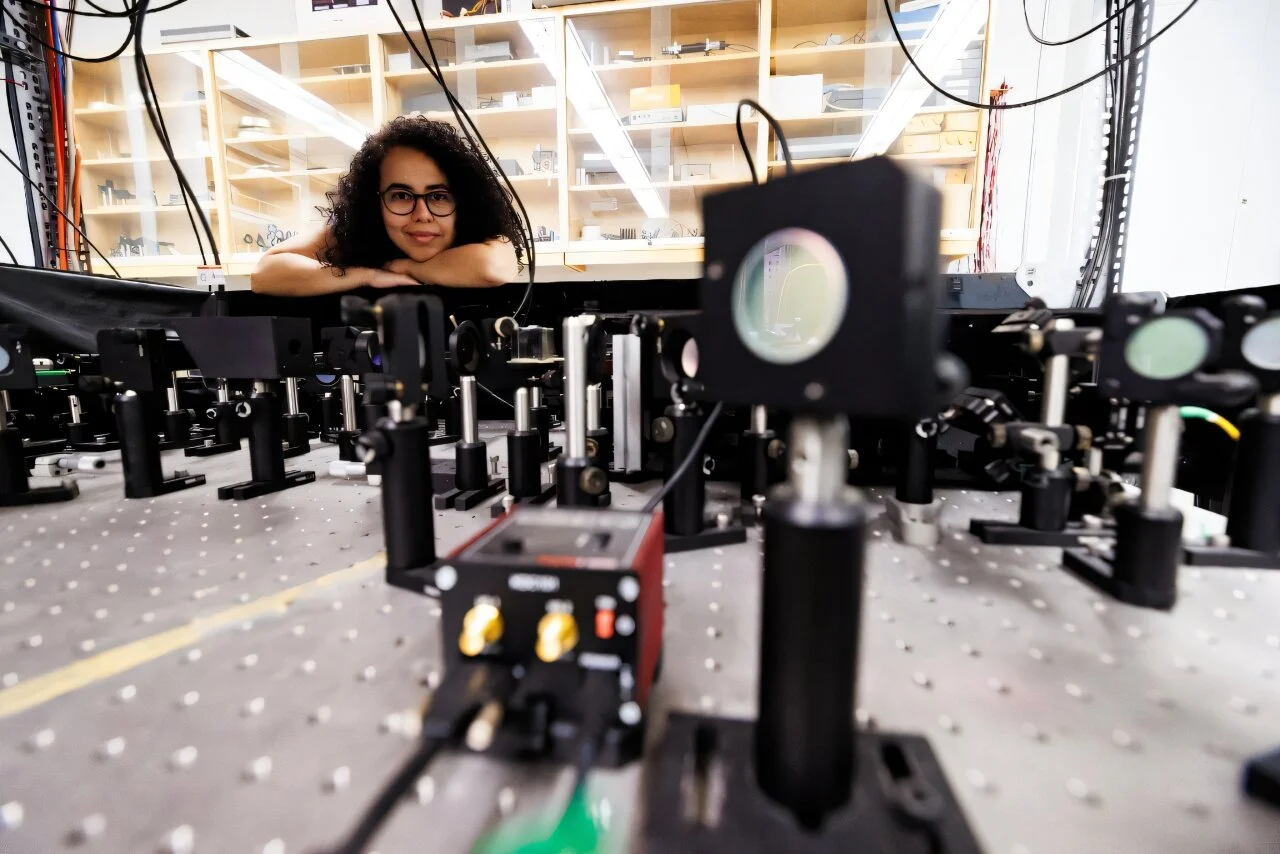- cross-posted to:
- [email protected]
- cross-posted to:
- [email protected]
Scientists have long known that light can sometimes appear to exit a material before entering it—an effect dismissed as an illusion caused by how waves are distorted by matter.
Now, researchers at the University of Toronto, through innovative quantum experiments, say they have demonstrated that “negative time” isn’t just a theoretical idea—it exists in a tangible, physical sense, deserving closer scrutiny.
The researchers emphasize that these perplexing results highlight a peculiar quirk of quantum mechanics rather than a radical shift in our understanding of time.
When light particles, or photons, pass through atoms, some are absorbed by the atoms and later re-emitted. This interaction changes the atoms, temporarily putting them in a higher-energy or “excited” state before they return to normal.
In research led by Daniela Angulo, the team set out to measure how long these atoms stayed in their excited state. “That time turned out to be negative,” Steinberg explained—meaning a duration less than zero.



Yeah that’s a rough description. Not bad. But in terms of understanding my brain was looking out for an explanation